Street Fighters of the 41st Millennium: Warhammer 40K: Gaunt’s Ghosts: Necropolis
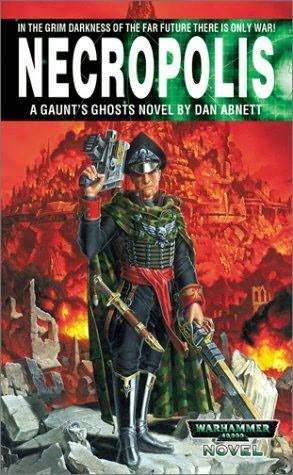 Necropolis
Necropolis
A Warhammer 40K novel
Volume 3 of Gaunt’s Ghosts
By Dan Abnett
Black Library (301 pages, $6.95, December 2000)
Cover by Martin Hanford
Necropolis marks a turning point in the Gaunt’s Ghosts series for a few reasons. It’s the first book written entirely as an original novel rather than an expansion of previously published short work. It also broadens the scope of the first couple books in covering an entire Imperial Guard campaign from the first rain of shells to the final confrontation with a Chaos warlord, as the Ghosts join in the defense of a hive city besieged by a horde of millions.
Hive cities are one of the key features of life in the 41st millennium, and they’re exactly what the name implies: Enormous cities where millions, if not billions, of Imperial citizens live elbow-to-elbow in habitation towers most easily measured in kilometers. They’re usually built around some kind of industry, whether raw resource mining, mass agriculture, or manufacturing, and exist almost as worlds unto themselves. Hives have their own aristocracy, their own independent militaries, their own networks of corporations and guilds, their underclasses and underworlds.
Vervunhive, on the Sabbat Worlds planet Verghast, actually seems like a reasonably nice place to live, by 41st millennium standards. That is until warning claxons fill every corner of the hive, and a merciless barrage of shells starts falling from guns placed over the horizon.
Panic spreads through all levels of the hive as we skip viewpoints from Agun Soric, a manufacturing plant supervisor, to Gol Kolea, a deep-shaft miner, and from Tona Criid, a gangster from the hives depths, to Salvador Sondar, the half-mad ruler of the hive. An unstoppable tide of armor follows on the heels of the shelling, smashing the attempted counterattack by the Vervunhive defense regiments, and only the hive’s defensive energy shield keeps it from being overrun. Their neighbor, Zoica, has been corrupted by the dark powers of Chaos, and now the entire population and industrial might of that rival hive have mobilized to claim the rest of the planet.
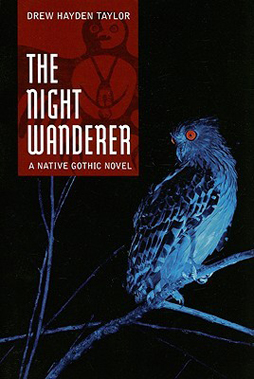 In 2007 Annick Press published a Young Adult tale called The Night Wanderer: A Native Gothic Novel by Drew Hayden Taylor, a veteran playwright, journalist, and essayist (as well as stand-up comic, TV writer, and documentary film-maker). The book follows a mysterious stranger who returns from Europe to the fictional Anishinabe (or Ojibway) Otter Lake Reserve in what is now Ontario, and a teenage girl whose life he ends up affecting. Taylor mentions in an afterword that the story began existence as a play which never quite satisfied him, until fifteen years later, while working with Annick Press on another project, he rewrote it as a prose novel. It’s since been adapted by Alison Kooistra into a graphic novel with art by Mike Wyatt.
In 2007 Annick Press published a Young Adult tale called The Night Wanderer: A Native Gothic Novel by Drew Hayden Taylor, a veteran playwright, journalist, and essayist (as well as stand-up comic, TV writer, and documentary film-maker). The book follows a mysterious stranger who returns from Europe to the fictional Anishinabe (or Ojibway) Otter Lake Reserve in what is now Ontario, and a teenage girl whose life he ends up affecting. Taylor mentions in an afterword that the story began existence as a play which never quite satisfied him, until fifteen years later, while working with Annick Press on another project, he rewrote it as a prose novel. It’s since been adapted by Alison Kooistra into a graphic novel with art by Mike Wyatt.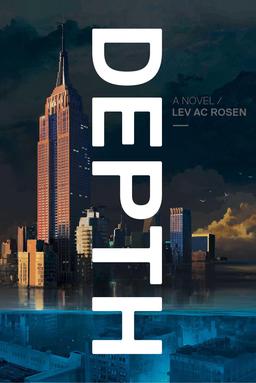

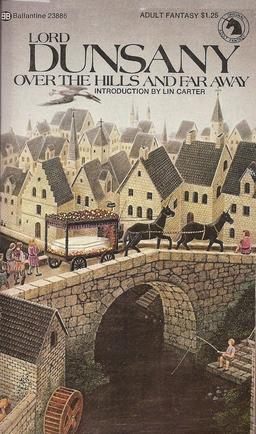
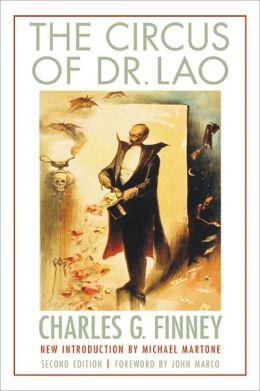
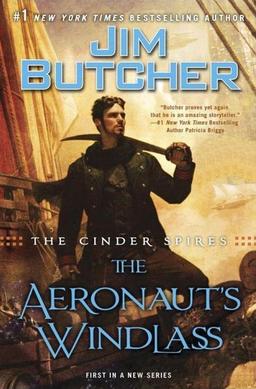
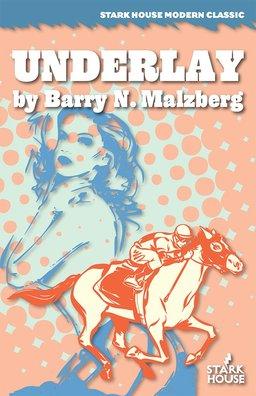
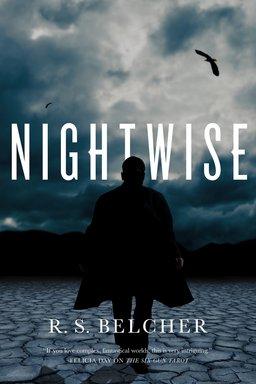
![Pageflex Persona [document: PRS0000039_00017]](https://www.blackgate.com/wp-content/uploads/2015/07/Nightmares-cover-small-233x350.jpg)